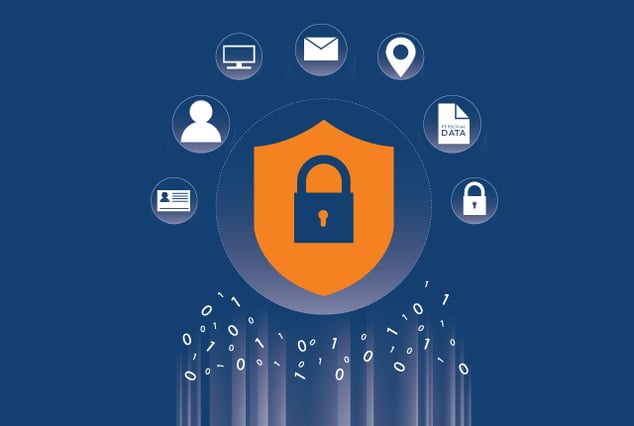
Every vulnerability in your product offers a cyberattacker an opportunity.
Each aspect of your cybersecurity services—from perimeter security to the flow of network traffic to your incident response mechanism—must all undergo rigorous QA testing before ever going live.
The demands of cybersecurity are enough to make you shift your testing priority away from cost and speed. They are certainly enough to make you question the limitations of automation testing, an otherwise frequent approach to QA testing.
You do not have to abandon automation testing and its efficiencies completely in pursuit of rigorous attention to security. You do, however, have to be aware of its limitations. Your reputation and your end-user’s trust are embedded in your security standards, so you cannot compromise them.
Every security vulnerability you miss is one a hacker can hit.
The Limits of Automation Testing in Cybersecurity Services
Automation testing offers speed and efficiency advantages where modules can be run at least 15 to 20 times, but the qualitative aspect is lacking. Manual testing is more resource-intensive, but includes the irreplaceable aspect of the human engineer—the very thing automation testing is designed to limit.
There will always be aspects of your cybersecurity services testing that cannot be automated. Using manual testing to supplement automated services is the only way to achieve 100% test coverage. For example, some test scenarios need to be executed in a real-time environment that can be achieved only with manual testing.
Here are a few types of cybersecurity services tests that are better done manually.
Data Theft
Automation tests are not very effective in detecting sniff attacks. Sniff tests can be passed if fake servers are more convincing, and as a result, they can generate the identities being passed in automation scripts and spoof the network traffic. In this case, an attack can take place.
DDoS Attack
It always requires manual intervention to figure out if network traffic spikes are legitimate or actual DDoS attacks. Automation scripts will always raise an alarm if there is a huge traffic spike, real or not. It takes manual effort to examine traffic and make a reliable decision about its authenticity.
Simulating large-scale cyberattacks takes detailed product knowledge and domain expertise to know how an app will perform across platforms, languages, and environments. That is another reason to use manual testing for this type of case.
Web Application Certificate Updates
If there are new certificates signed for the web application, they require manual updates every time.
Updating Automation Scripts in Other Cybersecurity Services
Your product will also require continuous manual effort to update automation scripts in these cybersecurity services:
-
Attack generation scripts to account for new updates or research
-
Signatures for new attacks in scripts
-
New protections provided by the firewall always require rewriting of automation scripts
The Best Approach to Cybersecurity Services Testing
Automation offers a progressive mix of speed and high-volume processing, but ultimately, you need the human element of manual testing to ensure you have covered every potential target in a cybersecurity services application.
What is left is a combination of the two approaches: with automation offering speed and comprehensive batch testing in a repeatable environment and manual testing providing human insight where binary reporting is insufficient.
Only a combined approach will allow you to efficiently employ the four key areas of testing explored above. Once the digital aspect of your security testing is completed, you will need to work on organizational and employee awareness. Almost all major security breaches can be traced back to human error, so your staff must follow cybersecurity best practices.
Tempting as it is to accelerate toward the end of the release cycle, remember these limitations of automation testing, and be prepared to combine it with comprehensive manual testing.
QASource’s engineers are cybersecurity domain experts. We can show you how to maximize the efficiency of your QA process without compromising the integrity of your product security. Contact us today for a free quote: Email info@qasource.com or call +1.925.271.5555 to get started.


